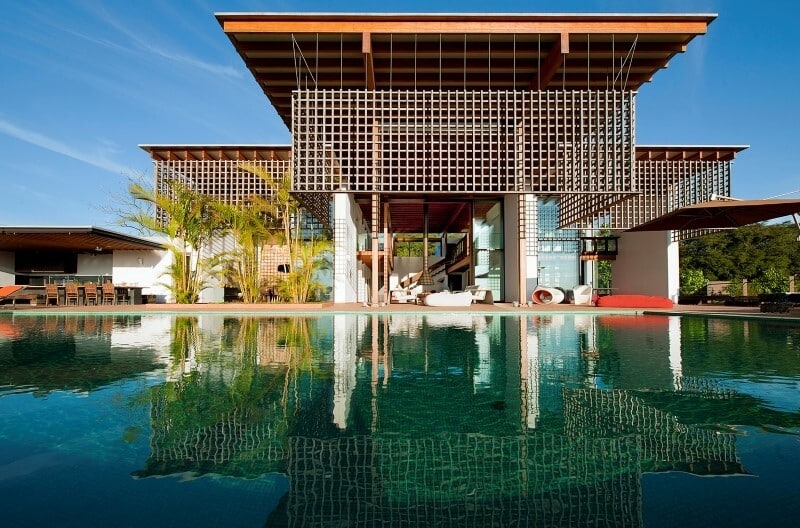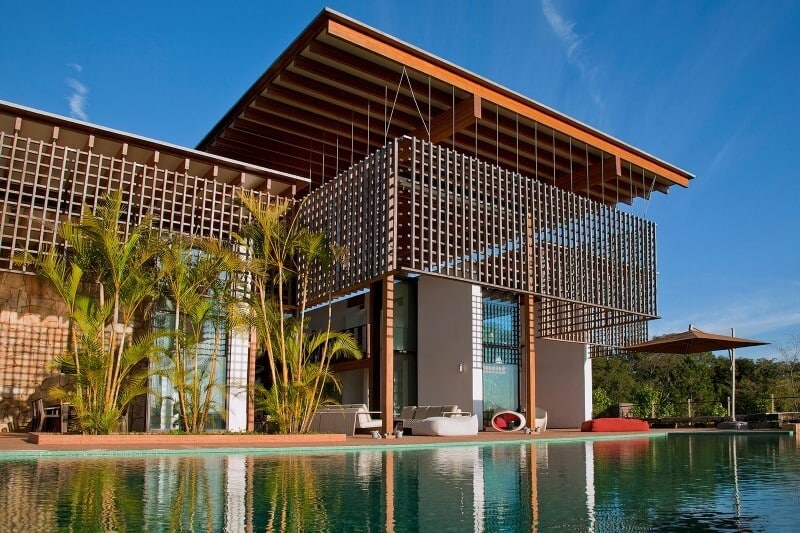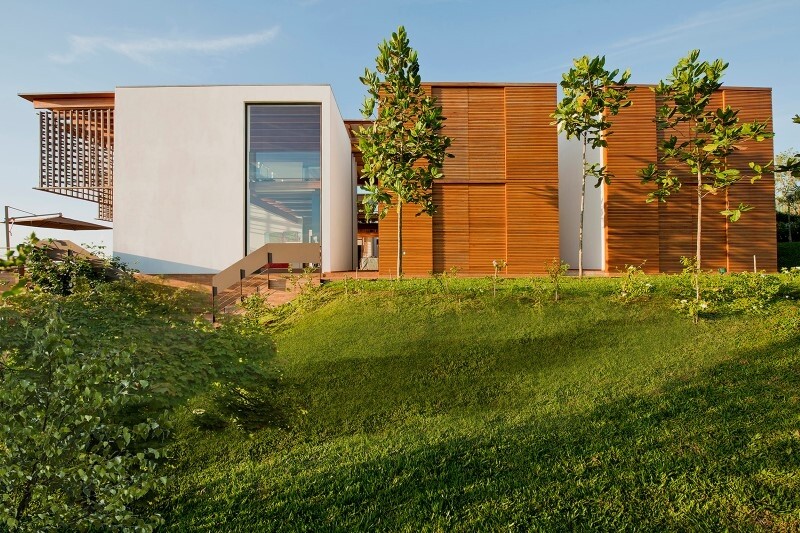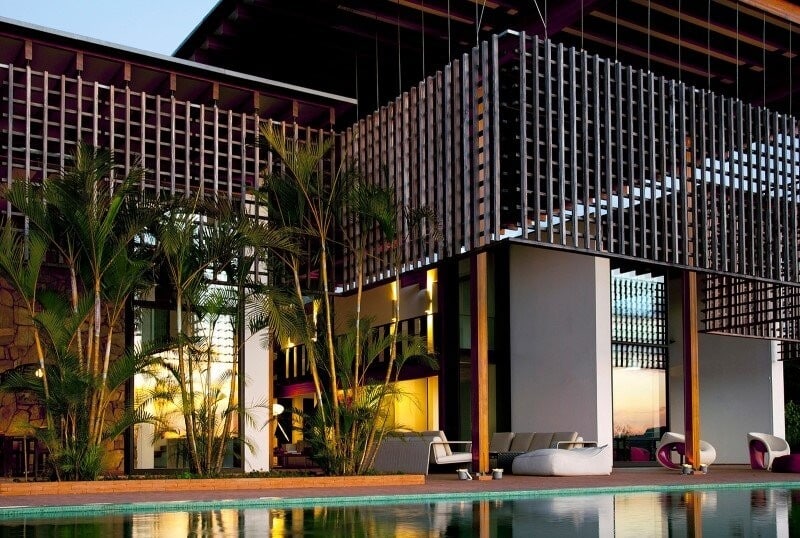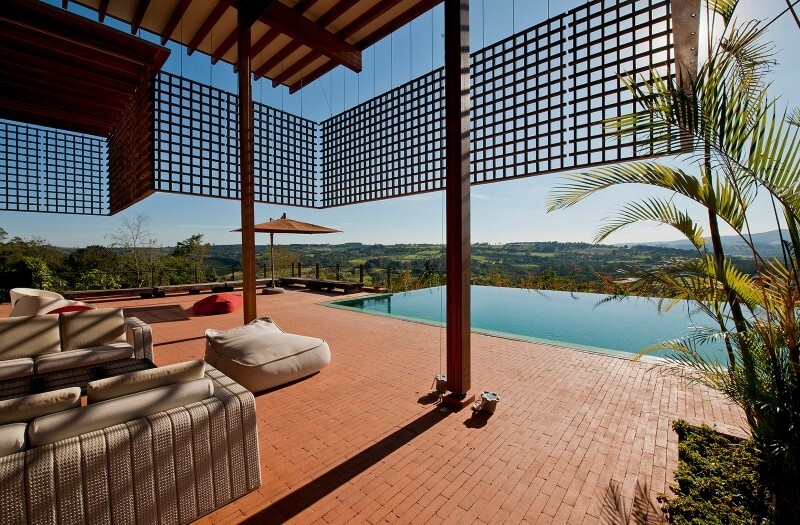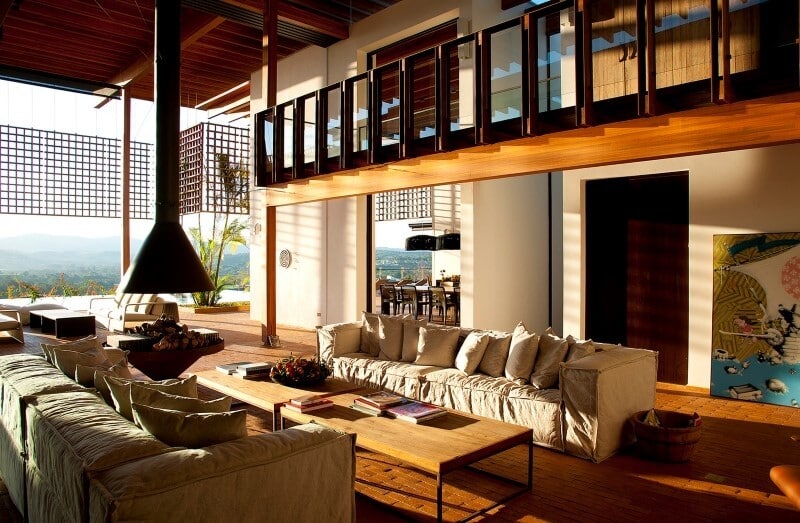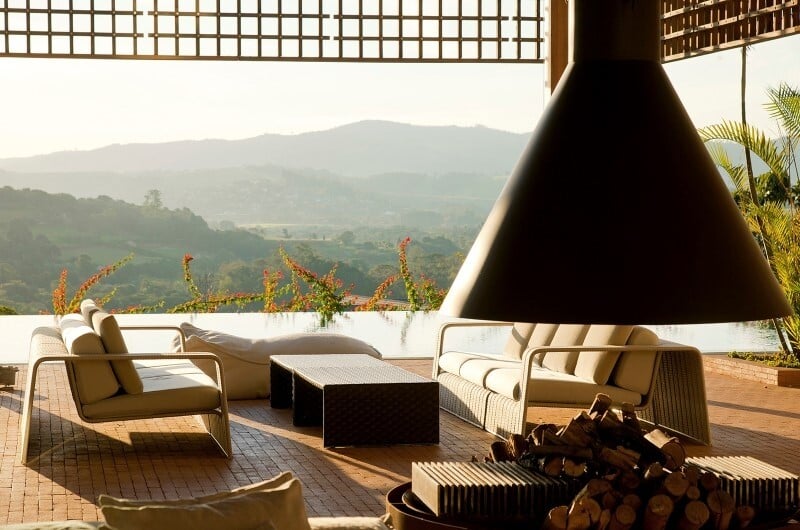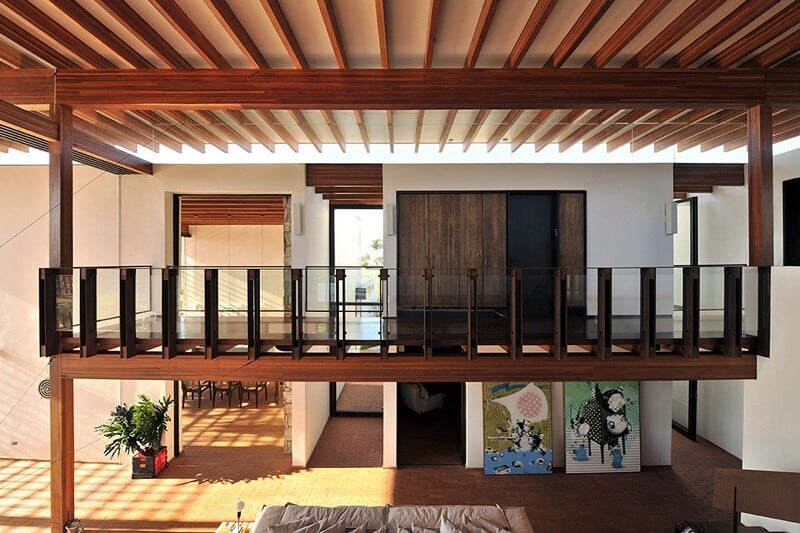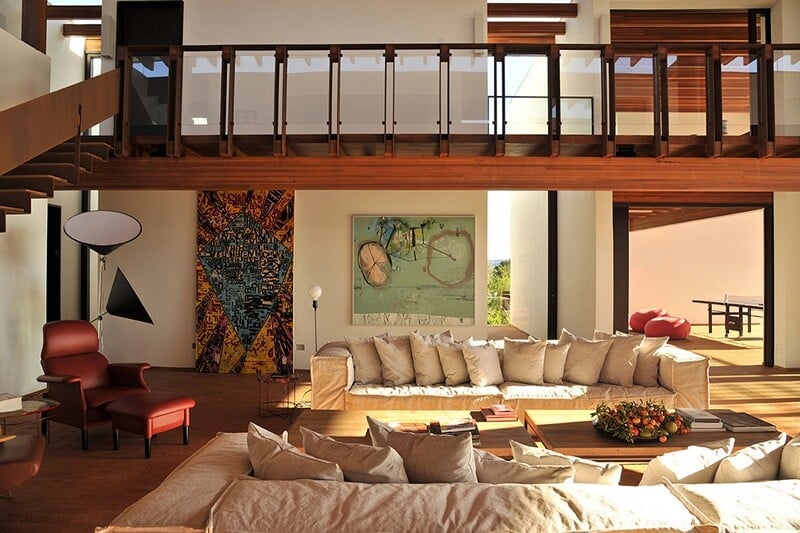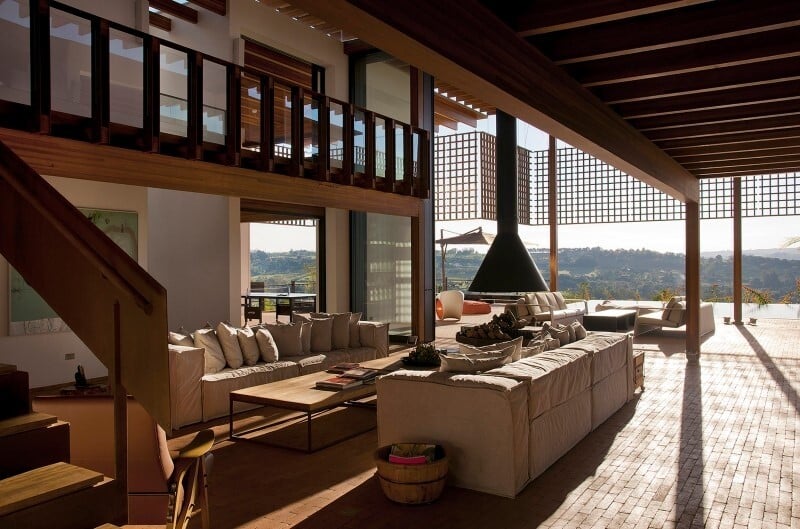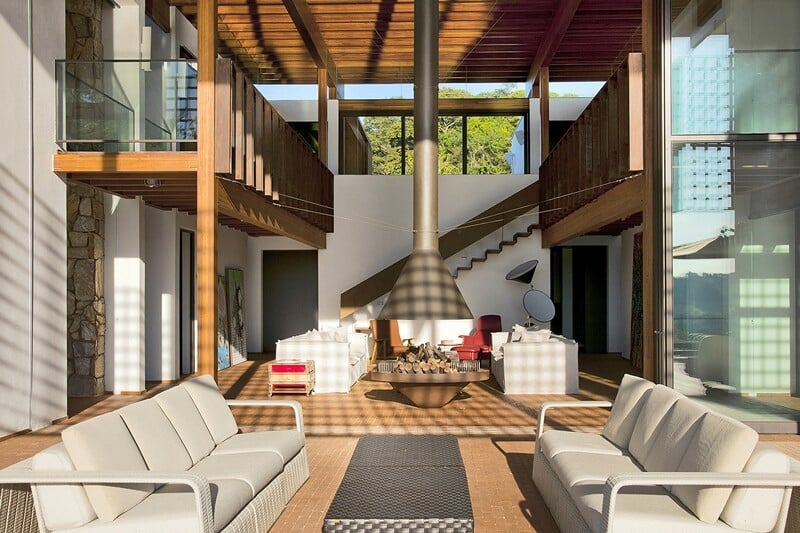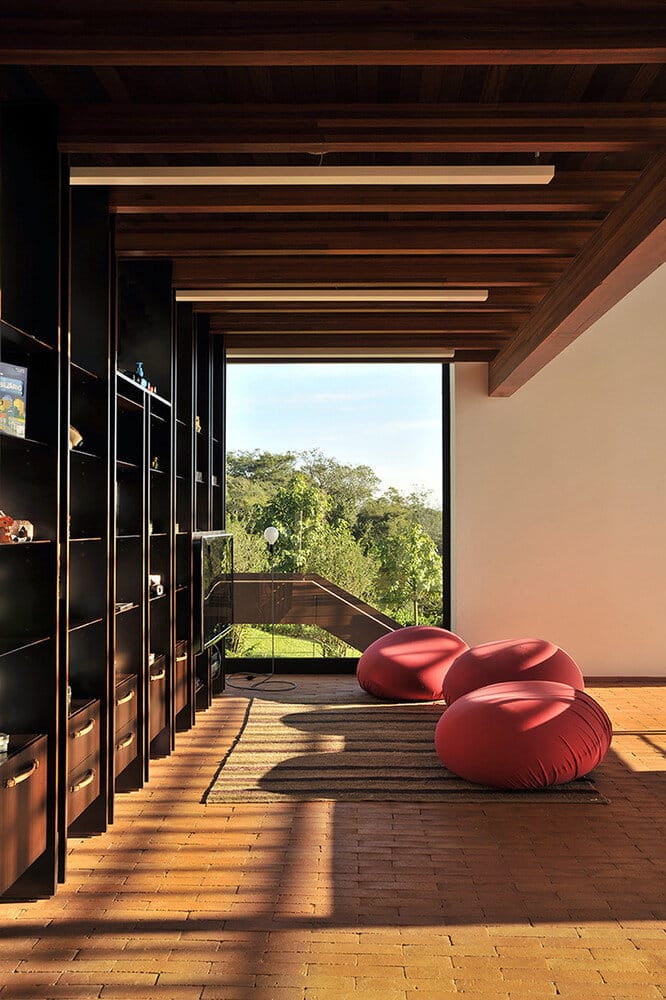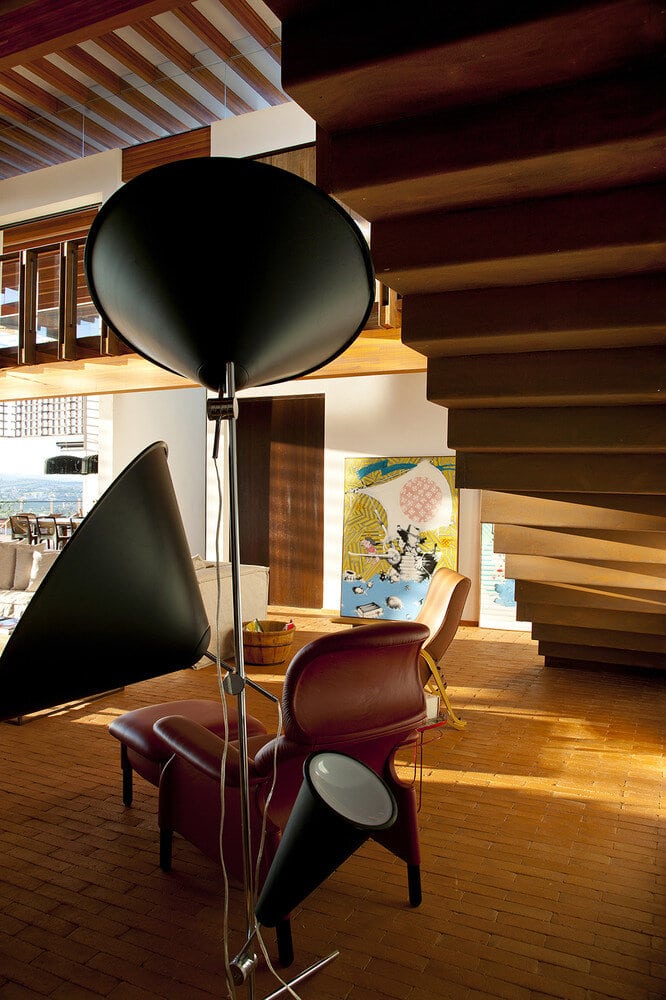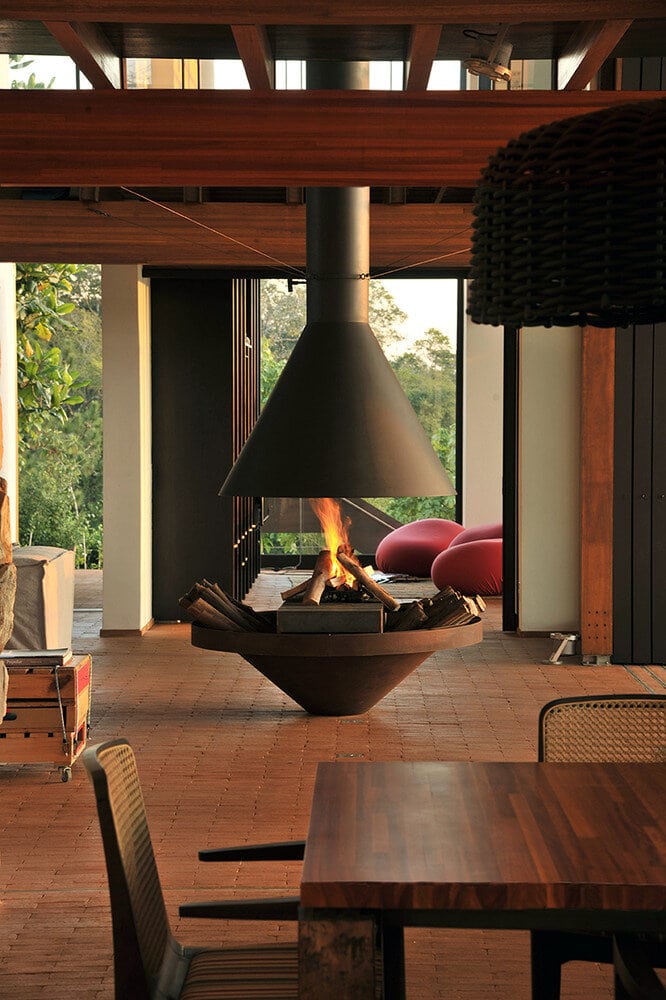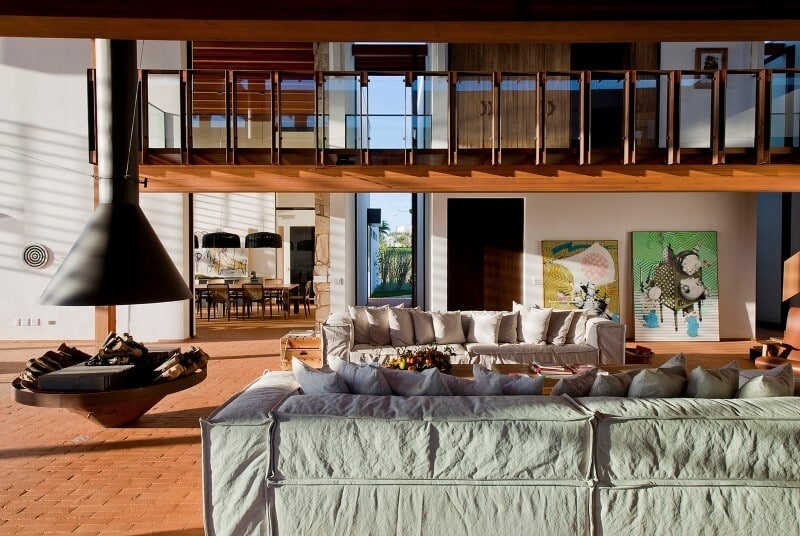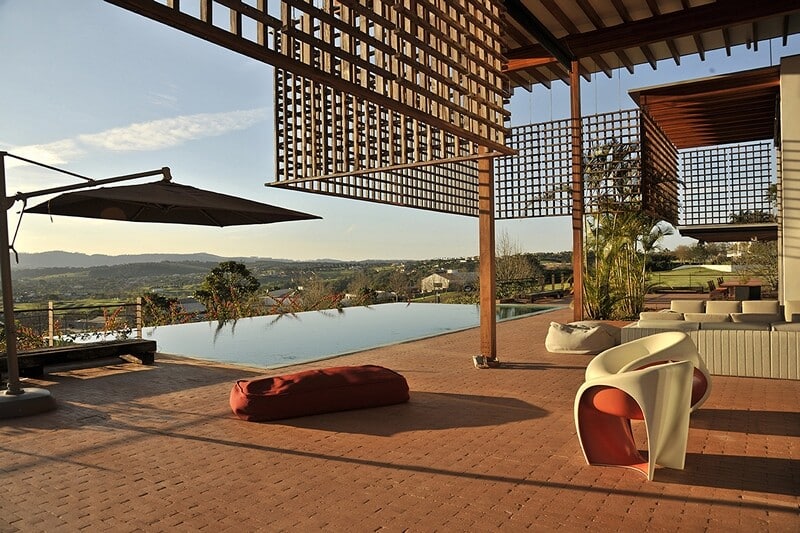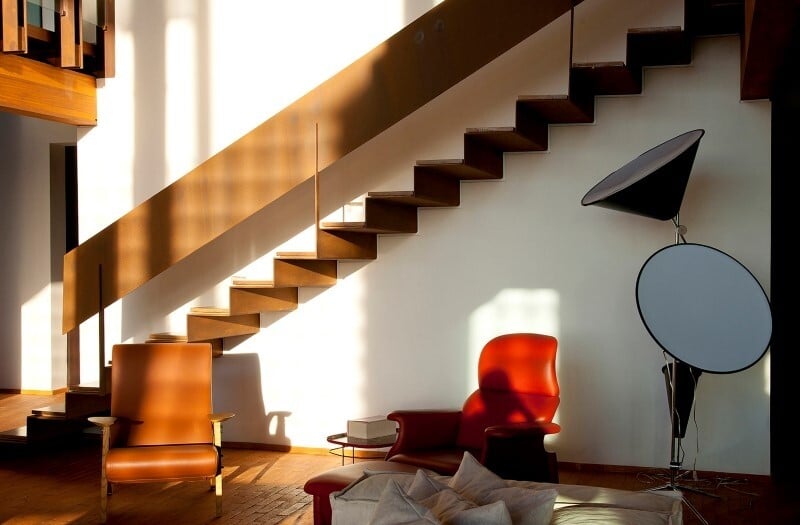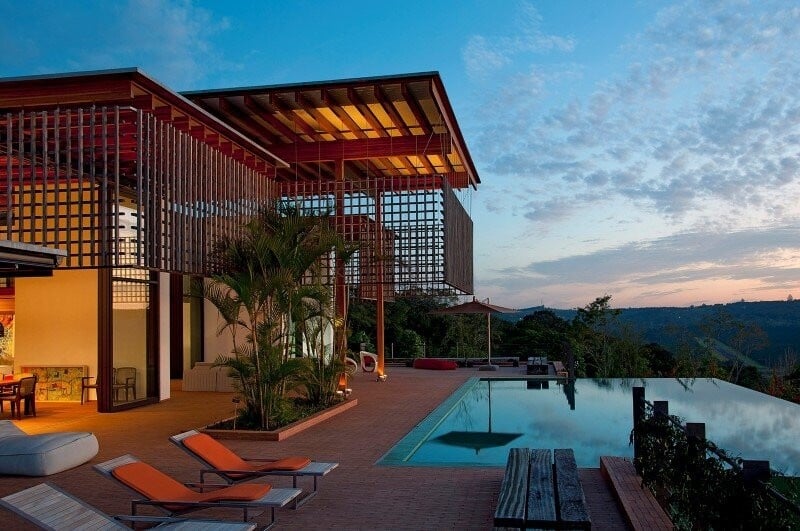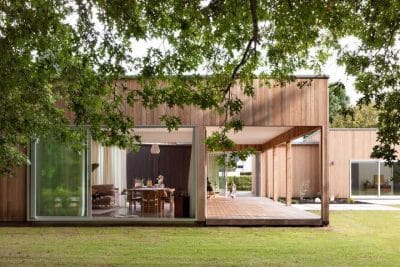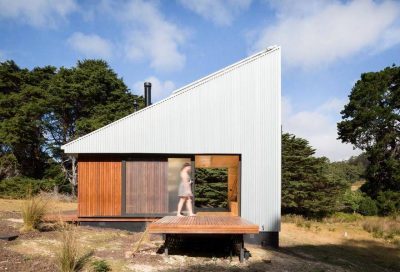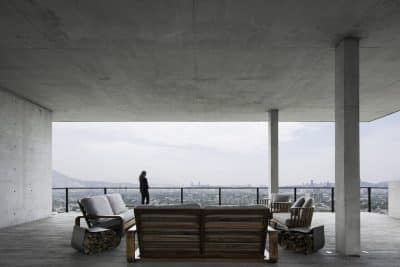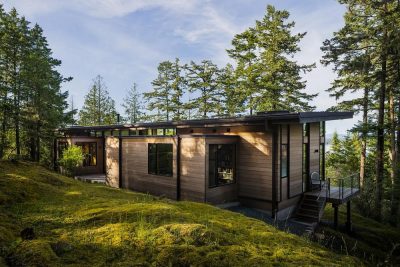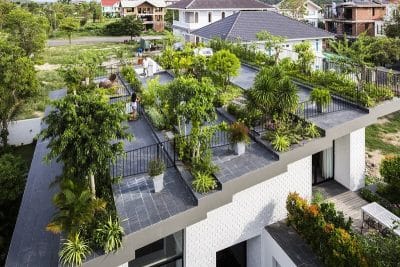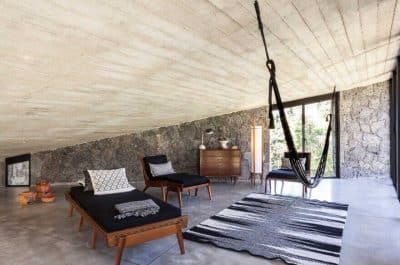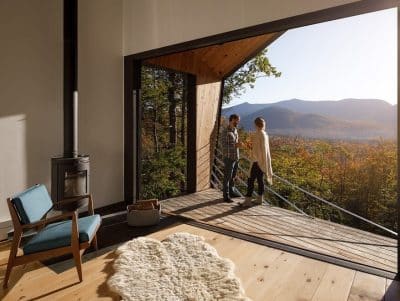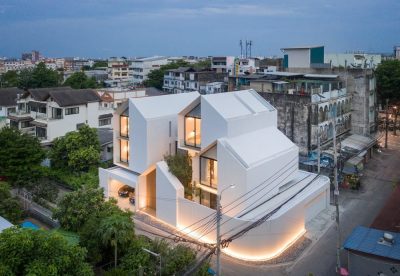Quinta Da Baroneza house was designed by Candida Tabet Arquitetura. The house is located in Bragança Paulista, São Paulo, Brasil.
Description by Candida Tabet Arquitetura: The project, a house located 90 kilometres North-west of the city of São Paulo, Brazil, was developed for a young couple with three children, to become their weekend house. The musts from the brief were: to achieve a striking, contemporary design greatly enhanced by the privilege of being placed right within the Brazilian Atlantic forest, and to have a house that would provide leisure while, at the same time, stimulate family conviviality.
The volumetric composition is characterized by horizontal planes that are detached from vertical ones, allowing daylight and air to flow through these openings. This results in a well ventilated residence, making it pleasant inside and outside during the entire year. Regarding the structure, a desired equation of huge spans with minimum support points was solved thanks to the use of industrially cultivated, laminated and processed Eucaliptus Grandis wood, resulting in concrete-free floor and roofing slabs that are laid over beams of laminated wood.
The internal circulation is solved via a walkway ring that connects the suites, while revealing the living room and the people moving around and meeting each other. In order to enjoy from the astonishing views, the main façade needed to be orientated to the North-West: this would result in the house receiving big amounts of tropical heat. Confronted with this dilemma, the solution was to propose a lattice wooden panel that elegantly hangs from the edge of the roof and acts as a brise that filters the heat and sunlight while projecting shadows over floor and walls in the form of a beautiful graphic design.
The roof extends beyond the living room and towards the swimming pool, creating a high ceiling veranda, where the limit between interior and exterior gets blurred. These large outdoor spaces that also include a barbecue area are extensively and happily used by all the occupants of the house throughout the year, becoming the social hart that the brief required. Photographs: Rómulo Fialdini and Eduardo Raimondi

